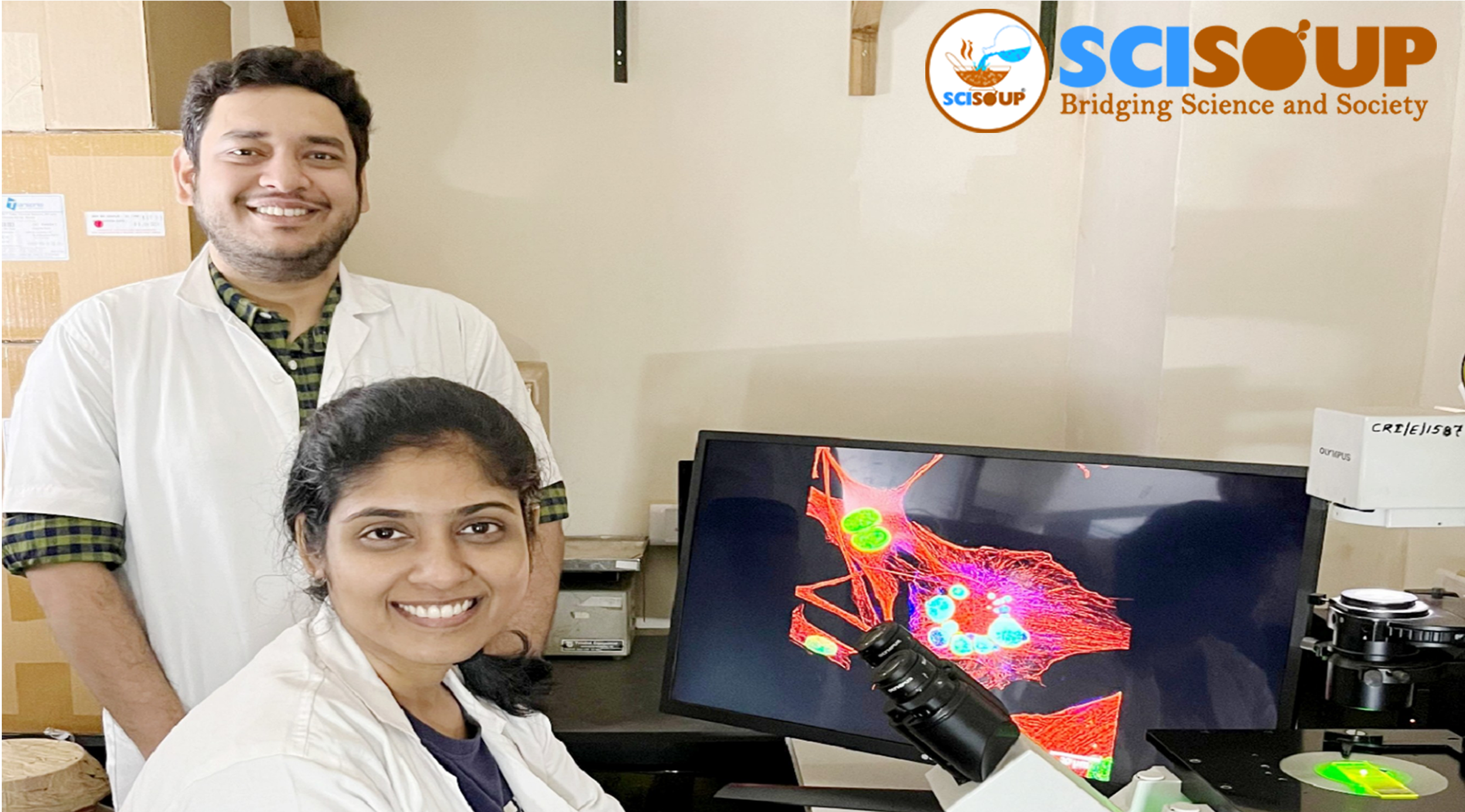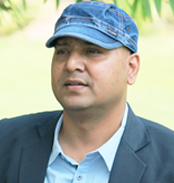
New discovery points to promising treatment strategy for aggressive brain cancer.
MAY 06, 2025 | BY RATNESHWAR THAKUR
Glioblastoma is one of the deadliest brain tumors, with most patients living less than 15 months even after intense treatment. One of the biggest challenges is that the cancer almost always comes back after surgery, radiation, and chemotherapy. Researchers from Prof. Shilpee Dutt’s lab, now at the School of Life Sciences (SLS), Jawaharlal Nehru University (JNU) in New Delhi, India, have made a key discovery that explains how glioblastoma escapes treatment—and how it might finally be stopped.
“We were intrigued by the rapid recurrence of tumors and our limited understanding of the reasons behind the failure of current treatments,” said Prof. Shilpee Dutt, study leader, SLS, JNU, New Delhi. The team focused their research on residual disease cells—the cells that survive initial therapy and cause the cancer to come back.
In a recently published study in Oncogene, the team uncovered that these therapy-resistant cells divide through an unconventional method known as neosis, rather than the typical mitosis seen in most human cells. Unlike mitosis, neosis lacks the usual hallmarks like DNA condensation and spindle formation. Instead, large multinucleated cells pinch off new daughter cells through a process that bypasses conventional cell division machinery.
A key discovery was that this rare division process is regulated by Aurora kinase A and B, enzymes already under investigation in other cancers. By inhibiting these kinases in preclinical glioblastoma models, the team was able to block neosis, leading to the elimination of residual cells and preventing tumor regrowth.
Live-cell imaging was a turning point in the study. The researchers observed that, contrary to prior assumptions, multinucleated giant cells did not die via mitotic failure. Instead, they survived and divided through neosis. “Watching these cells generate new tumor cells without going through mitosis was a eureka moment,” said Tejashree Mahaddalkar, Lead researcher in this study from the Shilpee Dutt’s previous Laboratory at Advanced Centre for Treatment, Research and Education in Cancer, Tata Memorial Centre, Navi Mumbai, India.
The broader implications of this research extend beyond glioblastoma. Since Aurora kinase inhibitors are already in clinical trials for cancers such as prostate and ovarian, the possibility of repurposing them for brain cancer could accelerate the development of effective treatments.
This study not only deepens our understanding of glioblastoma’s biology but also offers new hope for patients facing one of the most aggressive forms of cancer. By identifying and disrupting neosis, researchers are laying the groundwork for therapies that could stop glioblastoma from coming back—a goal that has long eluded clinicians and scientists alike.
The research team included Tejashree Mahaddalkar, Archisman Banerjee, Madhura Ketkar, Rahul Thorat, Nilesh Gardi and Shilpee Dutt. The study was supported by ANRF and DAE.
Journal Reference:
Aurora Kinase A and B inhibition abrogates ‘Neosis’, a non-mitotic cell division of GBM residual cells and prevents GBM recurrence
Disclaimer:
SciSoup claims no competing interest. To ensure accuracy and scientific relevance, this science blog has been reviewed by the research team involved in the study.
